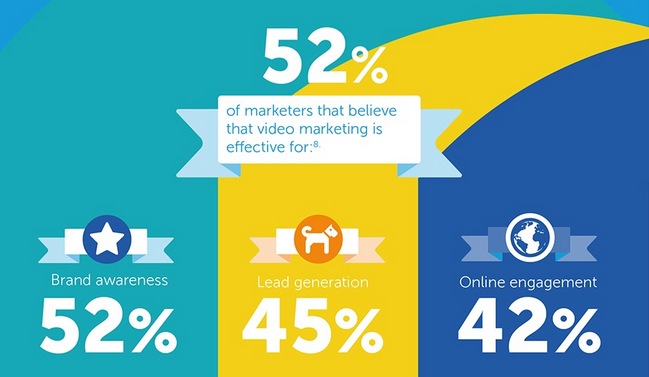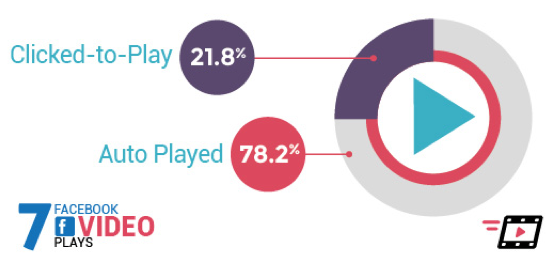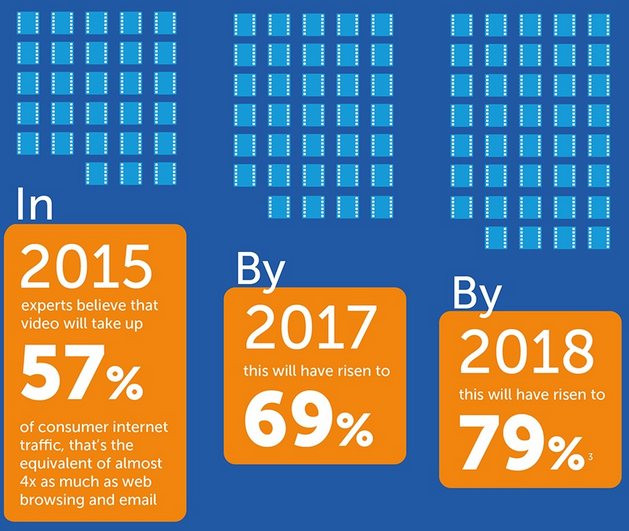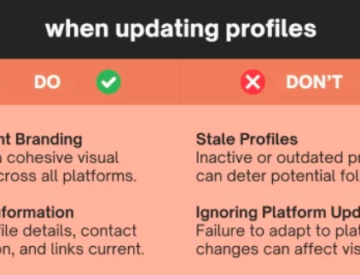When it comes down to effective storytelling, there are few marketing tactics as popular as video. Through images, sound and movement, videos appeal to a broad range of emotions. It’s no wonder travel brands, in particular destinations, resorts and accommodations, bank on this media to attract potential travelers, drive awareness and promote benefits for unique experiences.
After all, memorable moments are the main currency in tourism, so it makes sense to showcase the possibilities with impactful video productions, be it professional or through user-generated content. And while YouTube has been the reigning social media champion for video watching, its dominance is under severe threat ever since Facebook decided to move into this sphere, less than two years ago.

In fact, according to InsideCXM, marketers believe that top 3 reasons why video marketing is most effective is when it comes to building brand awareness (52%), generating leads (45%) and getting online engagement (42%).
Brands Still Slow To Embrace Videos
A year ago, I wrote Videos on Facebook: Get In While They’re Hot! about how Facebook videos were the hot new rage, and that all signs were pointing towards a head-to-head clash with YouTube. Earlier in 2015, Facebook published data stating there were now 4 billion video views per day on its platform, while YouTube had 8 billion.
Less than six months later, when its Q3 results were announced, Facebook had doubled its performance and was now boasting 8 billion views per day, just like YouTube. That’s right: there are now as many daily video views on Facebook as on YouTube!
Before we get too excited, there is one important caveat: how a video view is measured. On Facebook, a video is considered viewed after 3 seconds, while it takes 30 seconds to be deemed viewed on YouTube. This is a big caveat, specially knowing that 78% of videos watched on Facebook are in auto-play mode.
Many videos are never seen…
Thus, there are many videos that may go considered as viewed even if they simply were displayed in a user’s newsfeed during 3 seconds, sometimes the duration of a slow scroll-down watching something else…

Having said that, there are other stats to contemplate in order to realize how there is still a huge land grab potential here for brands active on social media, and on Facebook in particular.
According to a study published by Locowise during the summer of 2015, looking at more than 1,000 Facebook Pages with over 291 million page likes:
- 47% of Pages don’t load any videos at all
- 12 brands (out of 1,000) posted 46% of all videos! As is often the case, a minority of brands take up the majority of the action – call it the Pareto principle in social media…
- People only watch a third of a video on average, with an average viewing time of 18 seconds (out of an average total length of 55 seconds)
- The shorter the video, the better the viewing: 53% of all views were “30 seconds views”. These are total views which lasted at least 30 seconds or to the end of the video, whichever occurs first.
- 43% of all organic views were “completed” (at least 95% of total length) vs. 31% for paid views. Interestingly, this means that paid views are less likely to get completed views than organic views.
Takeaway: There are still far too little companies taking advantage of video marketing on Facebook. But if you do upload videos, the shorter the better in order to reach your target audience. Is it worth investing in paid views to get more reach? In most cases yes, but pay attention to your page metrics to ensure you are getting as many completed views as possible.
But Producing Videos Is Expensive, Right?
One of the excuses many organizations don’t publish videos more often is due to the production costs, which have traditionally been among the most expensive, compared to editorial content (words) or images.
Yet, in recent years, and in particular with the high adoption rates of mobile and various apps, there are countless ways to produce low-cost, high-quality video content. Even Facebook suggests producing slideshows as video ads on its platform!
Be cautious of Freebooting, though. Facebook is known to be much more lenient with video content than YouTube, generating quite a bit of discontent across the blogosphere and content producers around the world. Not familiar with Freebooting? Just check out the video below, which explains it all much better than I ever could.
More Video Features Coming
So where does that leave you and your Page when it comes to marketing on Facebook in 2016? Well, you can expect more video features to be released throughout the year. Here are two in particular I find worthy of mention:
Facebook Live Video
A direct blow at competitor services such as Periscope and Meerkat, Live will allow Pages and celebrity users to broadcast live and generate conversations in real-time with a larger audience than ever.
Presently available with a select few accounts as “Mentions”, this function started being rolled out progressively during last Fall. Here are few ways brand can make use of this new feature:
- Q&A session with someone from your company: HR Manager, Front Desk clerk, Sales person, Official spokesperson, etc.
- Product launch: some brands have begun doing product demos on Facebook live, so perhaps some destinations will want to show glimpse of a big musical events, or hotels will highlight weddings or corporate events taking place on their premises.
- Behind the scenes: We’re already seeing videos doing this, for example ski hills showing how snowmaking and grooming is being done, but a live version could had a twist.
- How-to: why not have your Chef explain one of his or her legendary recipes, showing how a specific meal is done, inviting people to ask questions in real-time?
Gif Profile Pictures
iPhone users can already upload 7-seconds videos for their profile photo, a feature that should be rolled out progressively to all users, not just on mobile but also on desktop and across all devices. Here is a video that explains this well.
If you are thinking video is perhaps just a passing fad, think again. According to Hubspot, we can expect to see even more video content across most communication outposts, in fact reaching 79% of consumer internet traffic by 2018!
So, will you be investing more into video marketing in 2016 and coming years?
Read also: Video Best Practices in Travel Marketing










Leave a Reply